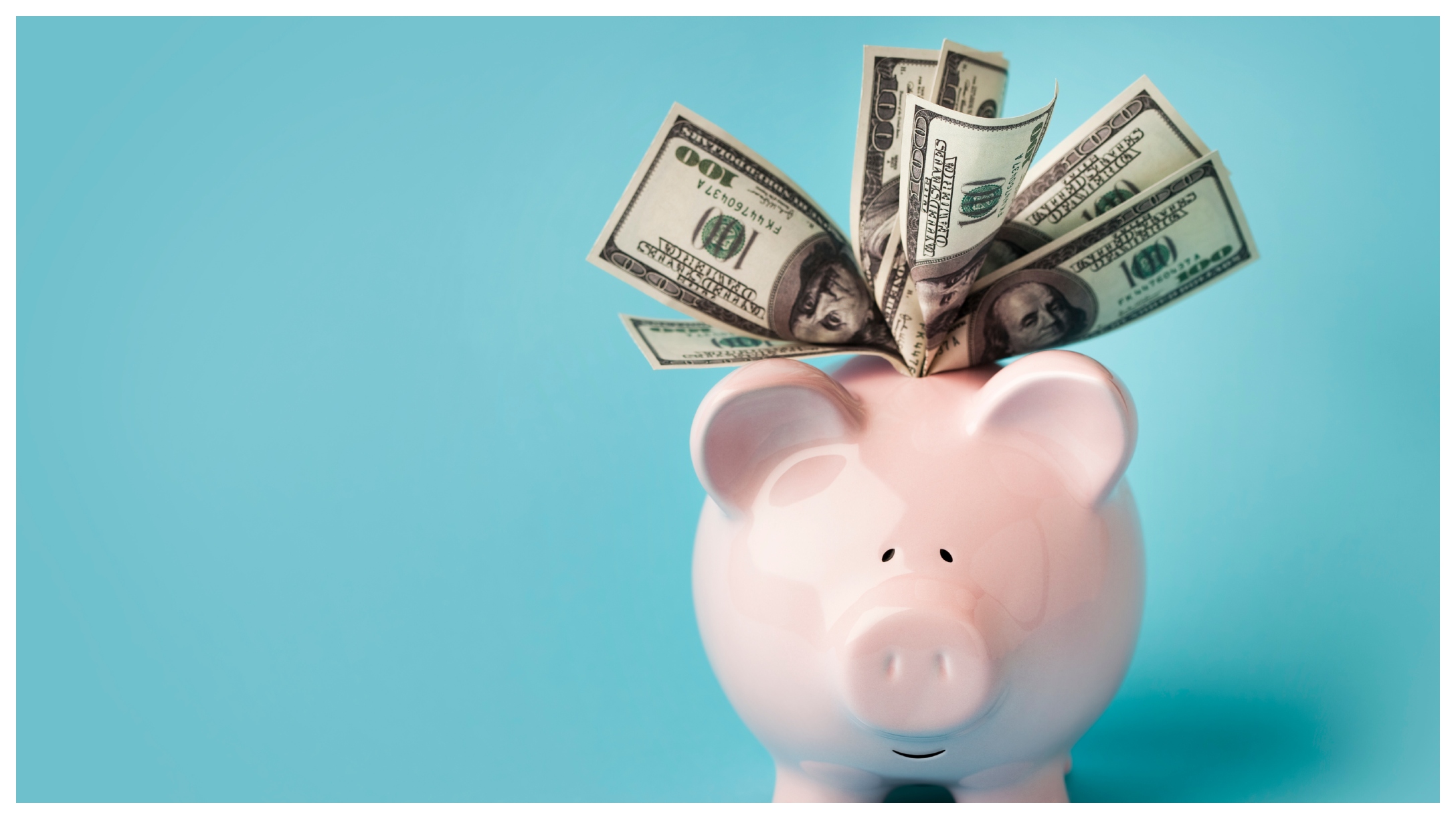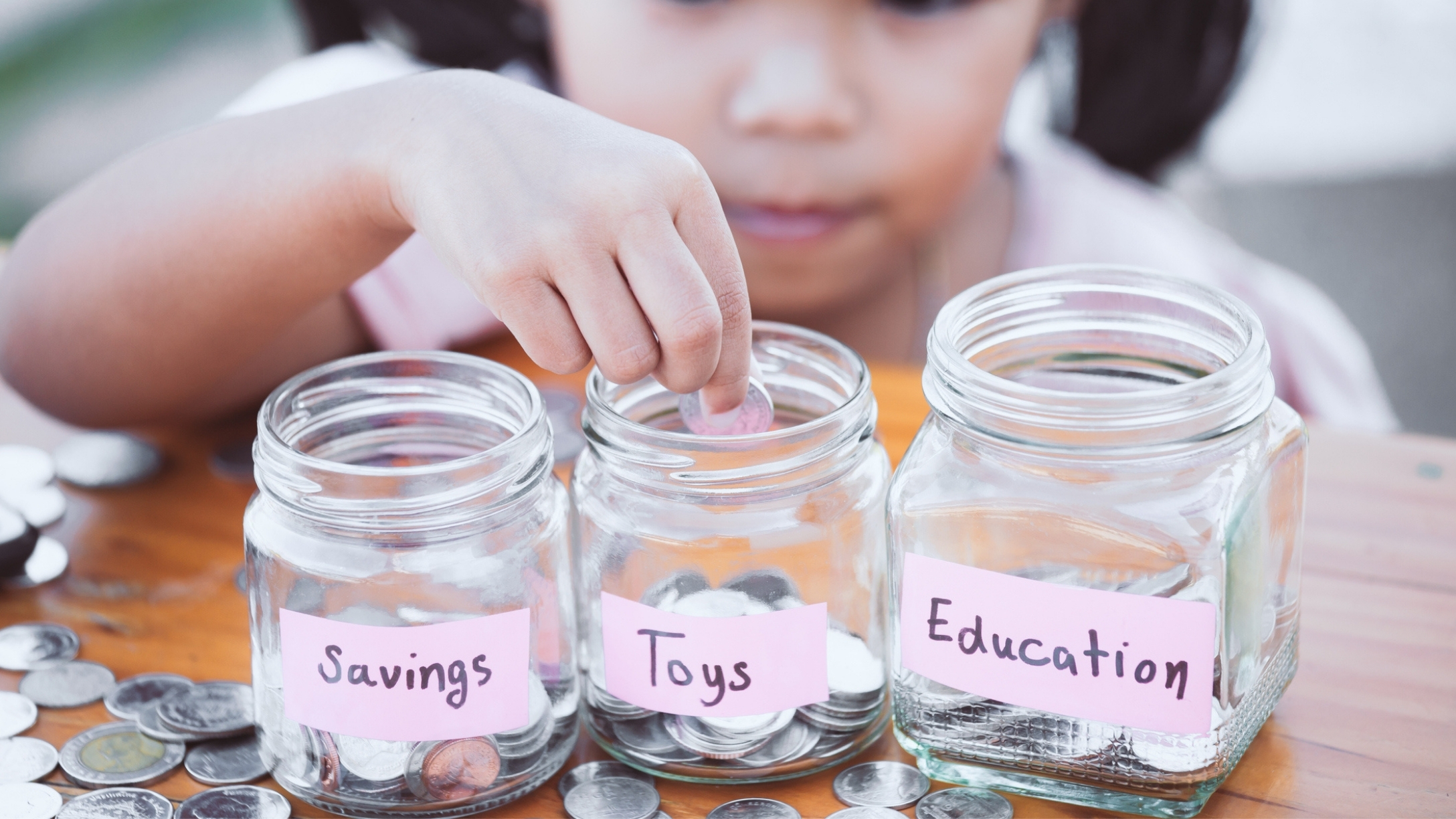
Money isn’t a particularly fun topic to discuss with anyone, never mind your children. A lack of it can make life tough, and an excess of it can make a person selfish and arrogant. It can also be very intimidating to try to work out the maze that is the banking system, particularly while setting up a new account for your child.
That being said, when you push back the thorns of it all, opening a child’s bank account is fairly simple. You just have to keep your wits about you and do your research. There are so many options when it comes to saving money for your child’s future and how much responsibility they will have when they get old enough to handle their own money.
But where to begin?
Do meet with multiple banks before settling on an account.

You wouldn’t buy the very first house you view, or first car in the showroom, so why settle on the first bank account you see? Set up several meetings with various banks to see what their pros and cons are. You can, of course, open certain accounts online, but before that it’s best to talk to a staff member in person. Speaking to a real person will avoid awkward troubleshooting later, as any confusion or questions can be cleared up before you settle on an account.
Once you’ve spoken to various banks, create your pros and cons lists, compare fees and interest, and pick what works best for your child’s near future. It’s also an option to open multiple accounts instead of just one, depending on what your child needs from their savings, such as having a fixed account for more long-term funds such as college as well as a regular checking account for trips to the movies and the latest video games. Having at least one account they can access regularly will help teach them both the value of saving and how to spend practically.
Do pick an account type that suits your child’s needs most.

There are almost as many different types of accounts for children as there are for adults. Easy access/checking accounts allow your child to withdraw and deposit money anytime with a card or booklet. These are best for children who already have a healthy amount of savings and need to withdraw money regularly for school lunches, fees for activity clubs, and so on. A regular savings account has a focus mostly on building those savings without withdrawing. You can set a date for a monthly deposit, adding their allowance to their account rather than giving it to them in cash, for example. These are great for babies, as by the time they come of age to use money, you'll have already set aside some savings for them.

Fixed-rate accounts are similar to savings accounts, except instead of adding a little per month, you add one lump sum and keep the account locked for two to five years. This will help build up interest, creating a little bit of passive income for them by the time you unlock the account. This is perfect for teens who are finishing high school, as by the time they reach college, they'll have some great savings for textbooks, food, and accommodations.
Do pick the best bank for lower fees and higher interest.

Most children’s bank accounts are fee-free; however, you’ll never know what’s in the small print unless you read it. When setting up the account online, or meeting with the banker, ask about any delayed maintenance fees. Many banks offer introductory deals that mean you will be fee-free for the first year or so but then will have to pay for the remainder of your time with them. The goal is to choose an account with the highest interest rates and the lowest fees. Unfortunately, in today's economic climate, the former can be difficult to find; however, some institutions offer "good grades" reward programs that can help. As the name suggests, a bank might offer a higher interest rate or a small cash bonus for students who have a certain minimum GPA as an incentive to pick that bank over others — and essentially make money by studying hard.
Don’t teach hoarding but practical saving
Saving money is an important part of life, particularly saving for the future (family life, retirement, and so on). However, there’s a huge difference between a healthy view of saving money and hoarding it. Teaching our children to save practically yet actually invest the money they have will lead to a happier life with money than hiding it away ever will — vacations, nights out, a beautiful home, funding their own business, whatever their priorities are. It also helps teach children about generosity, whether it’s helping out a friend when they’re in financial trouble or giving money to charity. Wealth hoarding is one of the main reasons why society hasn’t solved most of our problems, from world hunger to poverty on our own streets.

The richest people in the world who make way more money than they could ever spend own half of the world's wealth. So 1% of people in the world have the power to end world hunger, fund research to cure so many diseases out there, and generally make the world a better place. But if they really wanted to do that, they'd have done it by now. So let's teach the new generations not to hoard money, and maybe someone who winds up with a lot of it can actually make a difference one day.







